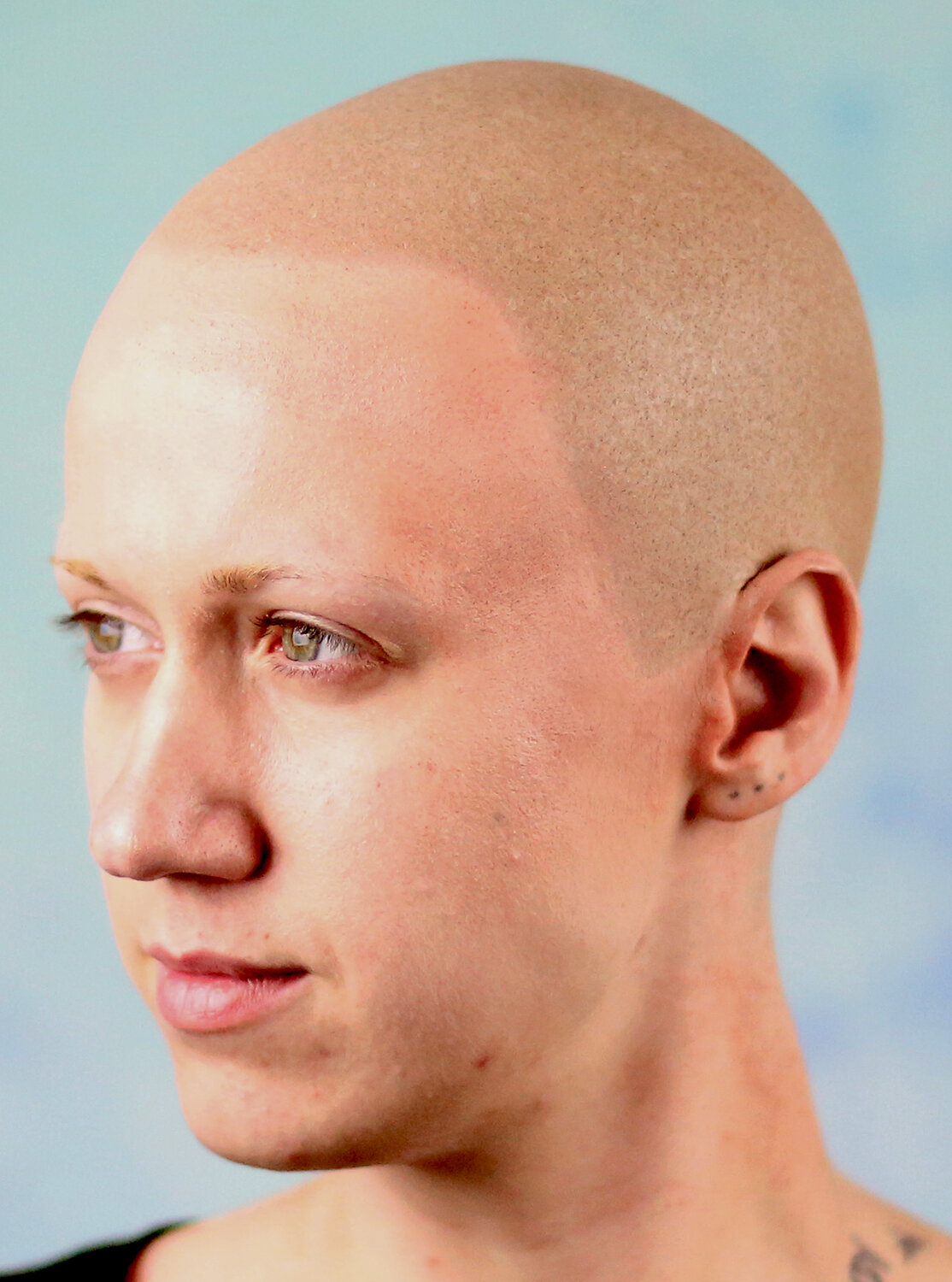The science behind bald caps: Understanding the materials and construction
Bald caps have become an essential tool in the world of cinema and theater. They allow actors to portray characters with bald heads without having to shave their heads. Creating a convincing bald head is both an art and a science, involving understanding materials and construction. In this article, we will explore the science behind bald caps, including the materials involved and how they are constructed.

Materials:
Bald caps are typically made from either latex or silicone. Latex is the most commonly used material for creating bald caps, due to its durability and ability to stretch to the shape of the actor’s head. However, some actors may be allergic to latex, in which case silicone is used.
The process of creating a bald cap involves several layers of liquid latex or silicone being applied to a mold of the actor’s head. The thickness of each layer is important for achieving the desired effect, whether it be a realistic-looking bald head or a more exaggerated, cartoonish look. The number of layers required depends on the thickness of the material used and the amount of stretch required to achieve a perfect fit.
Construction:
After the plaster mold of the actor’s head is created, a bald cap is constructed layer by layer. The first layer of material applied to the mold is usually a thin layer that allows the subsequent layers to adhere properly. This layer may also serve as a base foundation for the design and will depend on the desired outcome.
Once the first layer has been applied, additional layers of latex or silicone are added depending on the desired thickness. For a more natural look, fewer layers may be required, whereas a more exaggerated, comical look may require more layers. The thickness of each layer is crucial in ensuring a perfect fit and realistic appearance.
When all the necessary layers have been applied to the mold, the bald cap is then removed and carefully trimmed to fit the actor’s head perfectly. This step is crucial in ensuring a seamless fit, as any excess material can create wrinkles or edges that may be visible on camera.
Finally, the bald cap is airbrushed or painted to match the actor’s skin tone, giving it a natural appearance. This is a critical part of the process in creating a convincing bald head, as even the smallest mistake in color or texture can break the illusion on screen.
In conclusion, the construction process for a bald cap takes precision, time, and skill. Each layer needs to be carefully applied, and the fit must be seamless to create a realistic appearance. As with many aspects of film and theater, attention to detail is key, and even the smallest mistake can have a significant impact on the viewer’s experience. The result, however, is a convincing bald head that adds to the illusion of the character and allows the actor to fully immerse themselves in their role.
Conclusion:
Creating a bald cap is both an art and a science. The materials used and the construction process involved are important factors in creating a convincing bald head for actors. Understanding the science behind bald caps can give us a greater appreciation for the dedication and skill that goes into producing a realistic look on stage or in film. If you pursue a career in makeup or special effects, understanding the materials and construction used in creating bald caps can add to your professional skill set and help you create realistic, unforgettable characters for audiences.